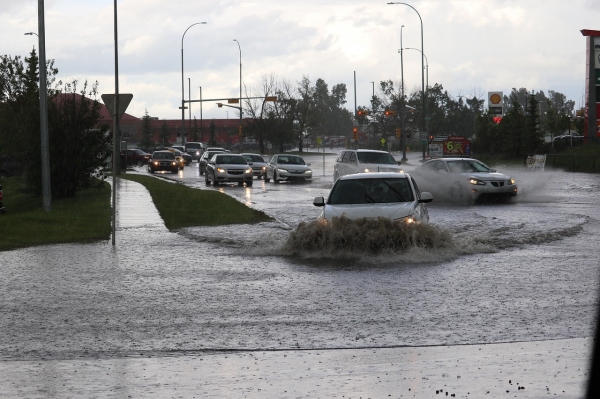A new study finds that “sunny day flooding,” which occurs during high tides, increases the levels of fecal bacteria in coastal waters.
A new study finds that “sunny day flooding,” which occurs during high tides, increases the levels of fecal bacteria in coastal waters. While the elevated bacteria levels in the coastal waters tend to dissipate quickly, the findings suggest policymakers and public health officials should be aware of potential risks associated with tidal flooding.
“Historically we see the highest levels of fecal bacteria contamination in coastal waterways after it rains, because the rain washes contaminants into the waterways,” says Natalie Nelson, corresponding author of a paper on the study and an associate professor of biological and agricultural engineering at North Carolina State University. “Due to sea level rise, we’re seeing an increase in flooding in coastal areas at high tide – even when there isn’t any rainfall. We wanted to see whether sunny day floods were associated with increases in fecal bacteria contamination in waterways.”
For the study, researchers collected water samples every day for two summer months at three sites along a single waterway in coastal North Carolina. Two perigean spring tides occurred during the two-month sampling period. Perigean spring tides are tides characterized by especially pronounced high and low tides, caused by the moon’s gravitational pull.
Read more at North Carolina State University
Photo Credit: AllThingsCoastal via Pixabay




